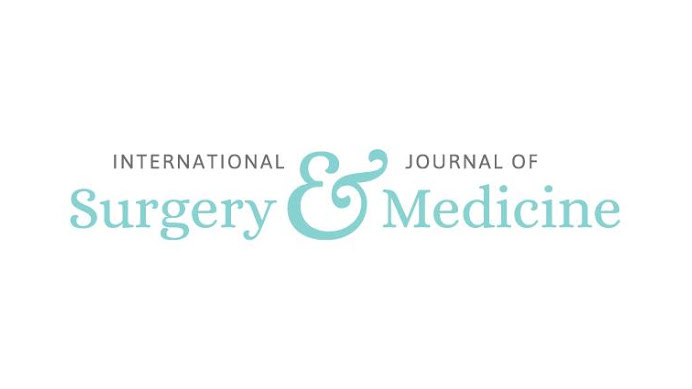
| Original Article Online Publishing Date: | ||||||||||||
Int J Surg Med. 2023; 9(5): 18-25 Vitamin-d, calcium status and quality of life in patients with neoadjuvant chemotherapy in stage ii/iii breast cancer: a randomised control trial Brij Mohan Singh Pokhariya, Paras Bhandari Paras, Abhinav Sonkar Abhinav.
| ||||||||||||
| How to Cite this Article |
| Pubmed Style Pokhariya BMS, Paras PB, Abhinav AS. Vitamin-d, calcium status and quality of life in patients with neoadjuvant chemotherapy in stage ii/iii breast cancer: a randomised control trial. Int J Surg Med. 2023; 9(5): 18-25. doi:10.5455/ijsm.136-1678026773 Web Style Pokhariya BMS, Paras PB, Abhinav AS. Vitamin-d, calcium status and quality of life in patients with neoadjuvant chemotherapy in stage ii/iii breast cancer: a randomised control trial. https://www.ejos.org/?mno=145477 [Access: February 20, 2024]. doi:10.5455/ijsm.136-1678026773 AMA (American Medical Association) Style Pokhariya BMS, Paras PB, Abhinav AS. Vitamin-d, calcium status and quality of life in patients with neoadjuvant chemotherapy in stage ii/iii breast cancer: a randomised control trial. Int J Surg Med. 2023; 9(5): 18-25. doi:10.5455/ijsm.136-1678026773 Vancouver/ICMJE Style Pokhariya BMS, Paras PB, Abhinav AS. Vitamin-d, calcium status and quality of life in patients with neoadjuvant chemotherapy in stage ii/iii breast cancer: a randomised control trial. Int J Surg Med. (2023), [cited February 20, 2024]; 9(5): 18-25. doi:10.5455/ijsm.136-1678026773 Harvard Style Pokhariya, B. M. S., Paras, . P. B. & Abhinav, . A. S. (2023) Vitamin-d, calcium status and quality of life in patients with neoadjuvant chemotherapy in stage ii/iii breast cancer: a randomised control trial. Int J Surg Med, 9 (5), 18-25. doi:10.5455/ijsm.136-1678026773 Turabian Style Pokhariya, Brij Mohan Singh, Paras Bhandari Paras, and Abhinav Sonkar Abhinav. 2023. Vitamin-d, calcium status and quality of life in patients with neoadjuvant chemotherapy in stage ii/iii breast cancer: a randomised control trial. International Journal of Surgery and Medicine, 9 (5), 18-25. doi:10.5455/ijsm.136-1678026773 Chicago Style Pokhariya, Brij Mohan Singh, Paras Bhandari Paras, and Abhinav Sonkar Abhinav. "Vitamin-d, calcium status and quality of life in patients with neoadjuvant chemotherapy in stage ii/iii breast cancer: a randomised control trial." International Journal of Surgery and Medicine 9 (2023), 18-25. doi:10.5455/ijsm.136-1678026773 MLA (The Modern Language Association) Style Pokhariya, Brij Mohan Singh, Paras Bhandari Paras, and Abhinav Sonkar Abhinav. "Vitamin-d, calcium status and quality of life in patients with neoadjuvant chemotherapy in stage ii/iii breast cancer: a randomised control trial." International Journal of Surgery and Medicine 9.5 (2023), 18-25. Print. doi:10.5455/ijsm.136-1678026773 APA (American Psychological Association) Style Pokhariya, B. M. S., Paras, . P. B. & Abhinav, . A. S. (2023) Vitamin-d, calcium status and quality of life in patients with neoadjuvant chemotherapy in stage ii/iii breast cancer: a randomised control trial. International Journal of Surgery and Medicine, 9 (5), 18-25. doi:10.5455/ijsm.136-1678026773 |








